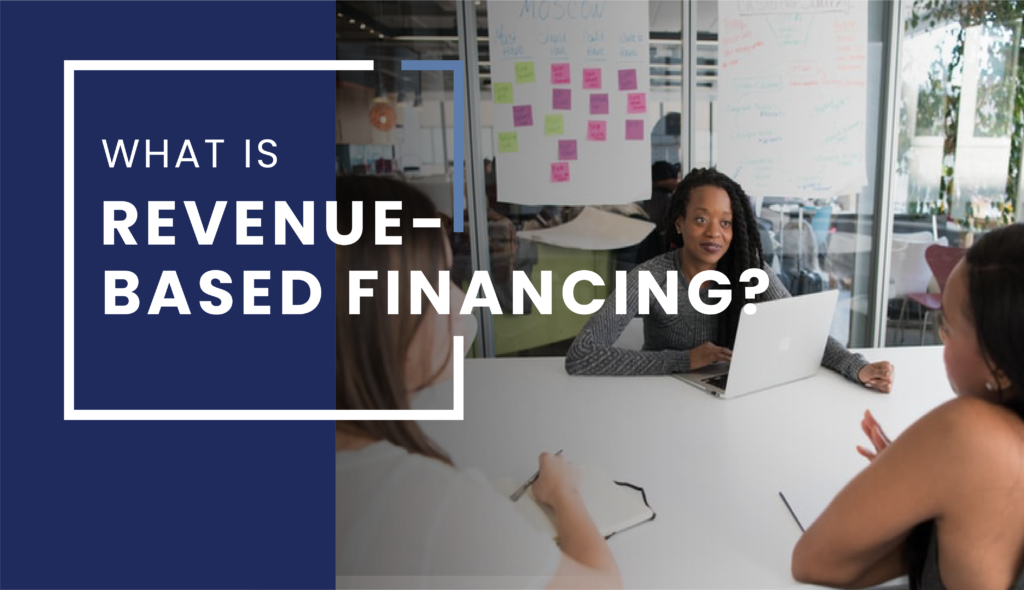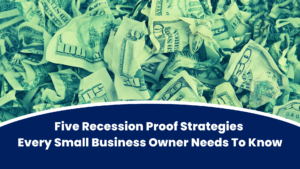Revenue-based financing (RBF) can be a good option for companies who don’t want to give up equity, but how does it work?
By Kim Folsom
In this 4-part series, we’ll take a look at the ends and outs of revenue-based financing (RBF), including what it is, an overview of some RBF investment firms, successful case studies, and how to prepare to apply for RBF if you think it’s a good fit for your company.
Venture capital equity funding hasn’t changed much since it first emerged in the 1950s. Nor has getting a business loan at your local bank, for that matter. But there is one relatively new kind of funding that’s different. It’s kind of like a loan, but you don’t pay interest. And you don’t have to give up a share of your company like you do with equity.
It’s called revenue-based financing (RBF). In some circles, it’s referred to as revenue-based investing (RBI). In others, it’s called royalty-based investing. All three are the same thing.

What is revenue-based financing?
With RBF, investors agree to give a company capital in exchange for a certain percentage of the company’s ongoing total gross revenues. In that way, it’s like debt financing because investors collect monthly payments. However, there’s no interest payments. Repayments are calculated using a multiple that gives investors a return that’s higher than the original investment. The company does not have to provide collateral for revenue-based funding. In essence, its revenues are collateral.
How does it work?
Here’s just a basic example to give you an idea how revenue-based financing works. Say you need $200,000 to invest in the growth of your business — whether that’s to build out your technology, increase your sales staff, spend on marketing, or for other business needs. You and your existing shareholders are not very keen on diluting your ownership further (as in equity financing) and maybe you’re not able to obtain a bank loan because you don’t have enough collateral. Revenue-based financing is a viable option.
If you strike a $200,000 deal with a firm that provides revenue-based financing, it could look something like this:
- Annual revenues: $1 million
- RBF principal: $200,000
- Maturity: 5 years
- Payment: 5% of monthly revenue
- Total repayment: 1.5x principal ($300,000)
This is just a loose example. The numbers are going to vary based on the investment. Typically, what you’ll find is a loan maturity of 3 to 5 years with cumulative payments set at 1.5x to 2.0x the principal. There’s no set interest rate, payment, or maturity. Monthly payments are a fixed percent of revenue so they can go up and down.
Pros of revenue-based financing
The biggest benefit of RBF is that you don’t have to give up control of your company. There won’t be a new exec sitting on your board. This type of investment is non-dilutive. Your shares won’t be worth less the day after the investment. You don’t have to give up another stake in your company. You keep control, and you keep the potential for the biggest upside if your company takes off.
Note that RBF and equity financing don’t have to be mutually exclusive. You can get both. Or RBF could serve as a bridge loan until you’re ready to take the next step with VC funding.
Revenue-based financing also gives you more time to repay your debt. Similar forms of debt financing — like merchant cash advances — come with daily repayment structures. RBF is monthly, more like a traditional loan.
You’ll also have access to larger amounts of capital with RBF — typically from $100,000 to $2 million. Often RBF investors will do follow-on rounds of funding as well.
The eligibility requirements are different from traditional financing. You don’t need to have years of excellent personal credit or many years in business to qualify for RBF. You don’t have to secure a loan with personal assets like your home. All you need are those all-important recurring revenues and growth potential.
A lot of RBF firms also provide business advice. They are there to help and support your growth, so you might get some knowledge and connections that wouldn’t be available with traditional debt financing.
Cons of revenue-based financing
Unlike an equity investment, you have to keep making payments, so that’s money you might wish you could use elsewhere. Unlike equity, where investors expect to get paid when you sell or go public, RBF investors have to be paid back every month. So, you need to have strong revenue streams — big enough to pay the RBF premium. Chances are, if your gross margins don’t look strong enough to repay an RBF investment, a funder wouldn’t be talking to you anyway.
Another con of RBF is the cost of financing. Revenue-based financing gives you longer terms and monthly payments, making it more expensive. But you have to weigh that against the cost of a traditional loan or the cost of giving up control of your company if you let an equity investor take a stake.
RBF also doesn’t give you prepayment incentives. Traditional lenders typically give you an opportunity to pay down your debt ahead of schedule, avoiding some interest. But with RBF, there really isn’t a schedule to pay ahead of.
Finally, RBF isn’t suited for every type of business. You’ll need strong revenues and growth projections. Again, your investor is going to expect to be paid every month, and take a cut of your overall revenue.
Generally, Software-as-a-Service (SaaS) companies, with their regular, recurring revenue are great candidates for RBF. But any other type of company can be worthy, as long as the monthly revenue is strong enough.
About 30 firms do revenue-based financing these days, and I’ll talk about a few of them in my next article.
Kim Folsom is the founder and CEO of Founders First Capital Partners, which has helped accelerate the success of hundreds of small, service-based, business-to-business companies since 2015. Visit our website to learn more.




